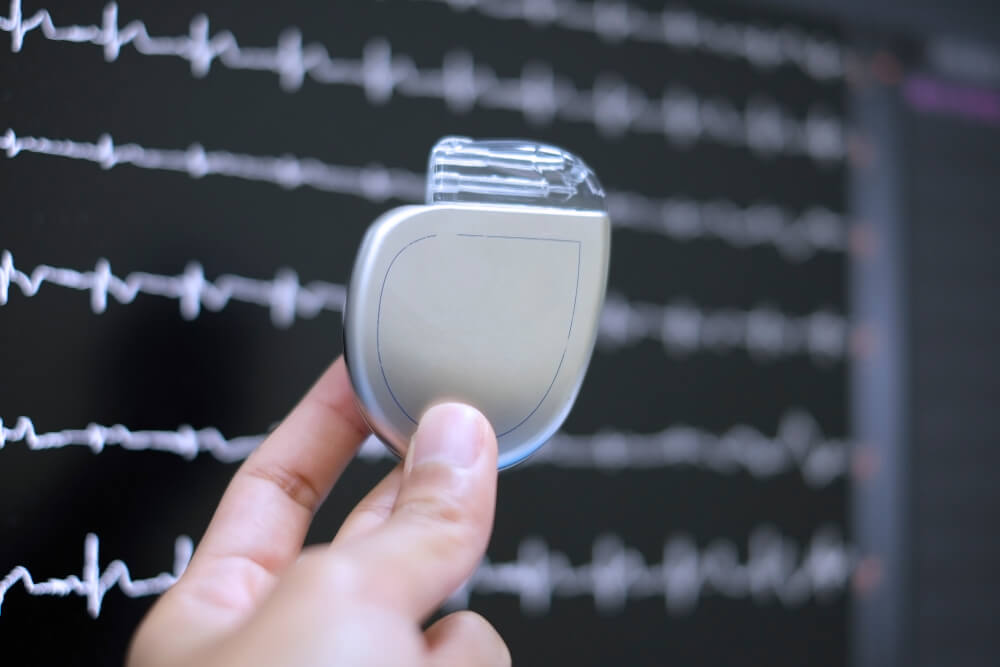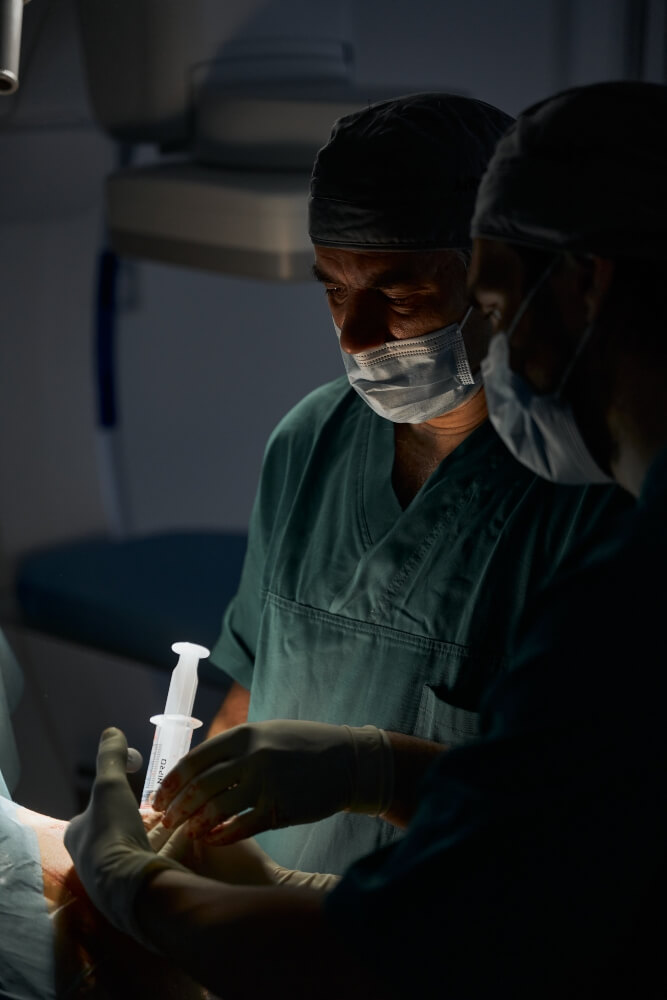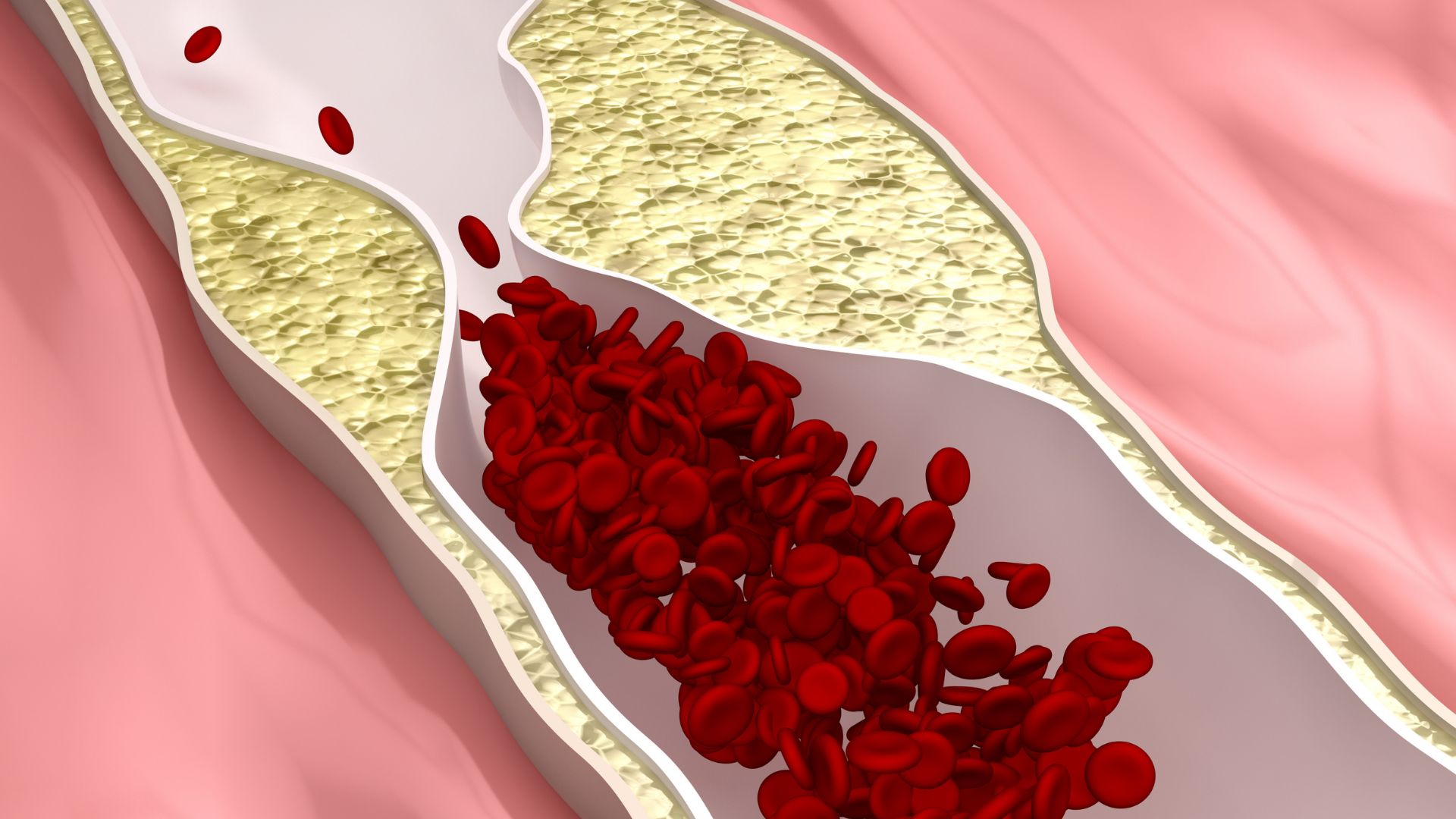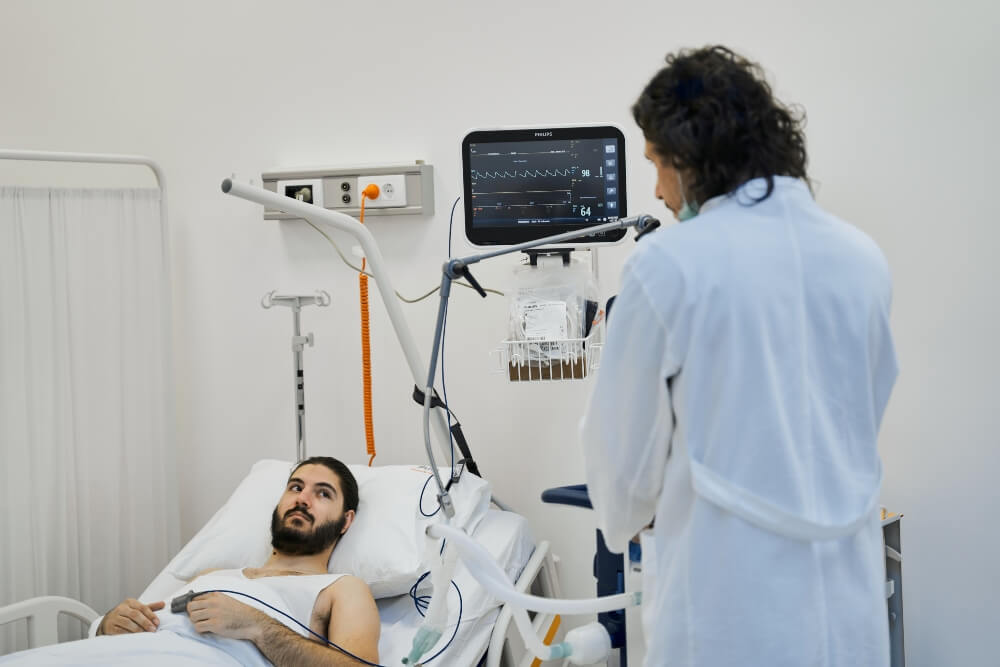Implantation of an ICD defibrillator may be the best survival option for patients who have already been diagnosed with persistent ventricular fibrillation or tachycardia and who know that potentially fatal heart errors are possible.
Different types of defibrillators have been in use for decades and they really do increase the chance of survival when the heart’s function is compromised, as well as the life of a person suffering an attack.
However, as sudden attacks of this type rarely occur in the hospital, when the patient has experts and equipment available to help him, and more often when he is at home, at work or on the street, the success of defibrillation may depend on when emergency help will come, because only experts can use a defibrillator.
Therefore, in patients who know that they live in danger of these situations because they have already been diagnosed with some of the dangerous problems in the work of the heart, the installation of an ICD defibrillator can be lifesaving. The impact of early defibrillation is extremely significant, although time is the greatest enemy of people at risk of sudden cardiac death.
When you have a device that constantly monitors your heart rate and is ready to respond immediately, you don’t have to live in constant fear of what, when, and where could happen to you.
What is cardiac defibrillation?
Cardiac defibrillation involves the use of a controlled electric shock aimed at restoring normal heart function.
Defibrillation is used in critically ill patients due to: cardiac arrhythmia, ventricular fibrillation or tachycardia and can save a person’s life.
There are two types of defibrillation: external and implanted. Each has its own purpose and is an extremely important tool in the fight to restore cardiac function in critical situations.
What is a defibrillator?
When we say defibrillator, we first think of the device we see in hospitals and ambulances. We find the reason in the fact that this device has existed in a similar sense since the 19th century and has long been part of mandatory medical devices in medical institutions and ambulances.
It is an electronic device whose goal is to affect the heart rhythm through shock, and we also call it external or external because of the way it is used.
It consists of a part that is used for power supply and two electrodes (also called pedals) that are placed on the chest or directly on the heart.
The defibrillator can register a heart rhythm disturbance and use electric shocks, i.e. moderate-high voltage, to restore a normal rhythm. This device should only be operated by trained medical professionals.
As it changed, adapted and improved over time, this device is now easier to carry, because there are types specially designed for that purpose, so that they can be used more easily, especially when it is necessary to help someone in the field.
There are two types of these external (external) defibrillators:
- conventional (manual, manual) external – experts themselves determine the strength that will be used on the patient’s heart, as well as the rhythm of treatment
- automatic external – the device itself can determine and dictate the rhythm and strength of defibrillation
With this type of device, the efficiency is at a high level, but it is very important that it be available as soon as possible to a person whose life is in danger.
It is especially important because it is the only option for many people, although many people do not know that they are at risk of sudden cardiac death. For those who are, there is an even better and safer option, because it is always with the patient – an ICD defibrillator.
What is an ICD defibrillator?
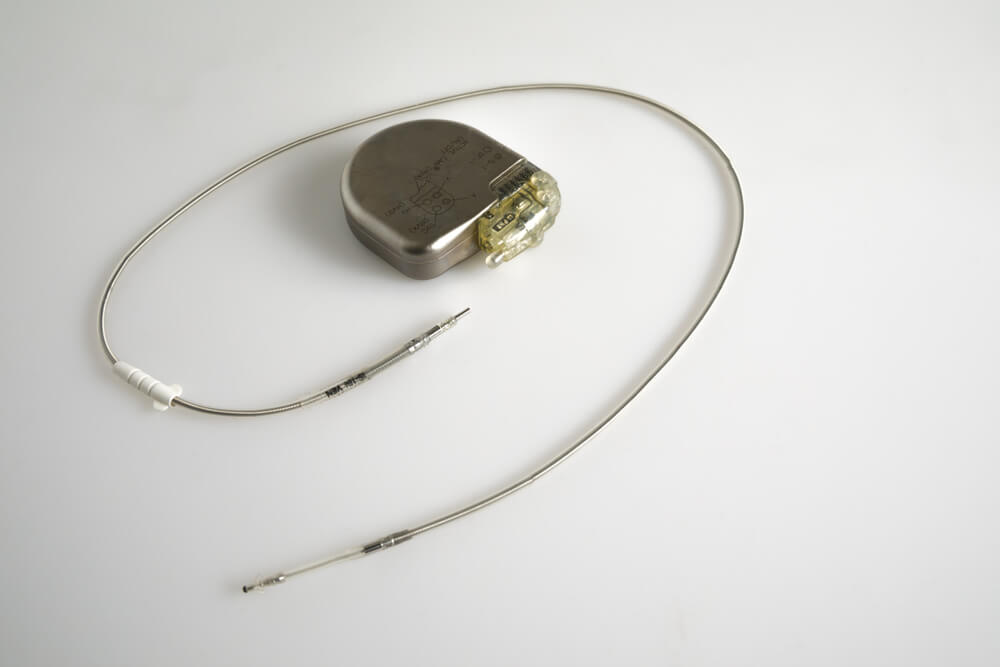
An implantable cardioverter defibrillator is a device that is implanted in patients who are at risk of sudden cardiac death due to some of the diseases that have been diagnosed.
This device consists of a small part that houses the batteries and thin wires that are connected to the heart. Thanks to the wires, the device can register and respond to inappropriate heartbeats – irregular or too fast.
Unlike the previous type of external defibrillator, this one is always with the patient and reacts immediately, thus preventing death in an even more effective and successful way.
It works similarly, in that it releases shocks that stimulate the heart to work normally.
In their appearance and operation, they resemble pacemakers, and are installed in a similar way.
When is an ICD defibrillator implanted?
An implantable cardioverter defibrillator is implanted in one of the following situations:
- when the patient already had a ventricular arrhythmia
- after a heart attack
- after sudden cardiac arrest
- due to the presence of long QT syndrome
- due to the presence of Brugada syndrome
- when the patient has congenital heart disease or another problem that can cause the heart to stop suddenly
The goal of the ICD is to establish a normal sinus rhythm at times when its disturbance may threaten the patient’s life.
What does the installation of an ICD defibrillator look like?
Implantation of an ICD is similar to implantation of a pacemaker. First, prepare the place where the device the size of a pocket watch will be placed, most often it is done in the area of the chest, under the collarbone. Then the wires are passed venously to the right ventricle.
There is always the possibility that the functioning of the device can be checked by doctors deliberately causing arrhythmias while the patient is under total anesthesia.
This device is extremely adaptable and is programmed for each patient specifically in relation to his condition and needs.
ICD therapy that stops dangerous arrhythmias refers to several therapeutic options:
- antitachycardia pacing
- cardioversion of ventricular tachycardia
- defibrillation of ventricular fibrillation
The ICD also has a memory in which problematic situations in which the patient needed the help of the device are stored, so at the controls the doctor can check whether the therapy was appropriate and whether it needs to be changed or adjusted.
Advantages of ICD
- it immediately recognizes irregular sinus rhythm and reacts when the heartbeat is life-threatening
- sends shocks to stop a problematic heart rhythm
- it can also have the function of a pacemaker, so it reacts to the heartbeat that is slower than normal, sends the appropriate signals and regulates the heartbeat
- it works without interruption and can always react
If you are a candidate for this type of intervention, i.e. if you have a problem with malignant arrhythmias and the risk of sudden cardiac death, you should know that today’s devices are very reliable, but it is very important who performs the intervention and programming.
For the best results, you need an expert with a lot of experience, because in these situations it can greatly influence the device to be optimally adjusted and controlled. The settings cannot be universal, they depend on each person, and even once it is set, it does not mean that the settings will always be the same. As the patient’s condition changes, so does the data and adjustments are made. The role of the doctor is therefore important even after the intervention because he needs to analyze the data well and use all the advantages that the device offers in order to make the patient feel good and safe.
In the Pulse Cardiology Center, top experts perform this important, life-saving intervention in specially equipped Cath-lab.
Make an appointment and entrust your heart to the best and most successful.

